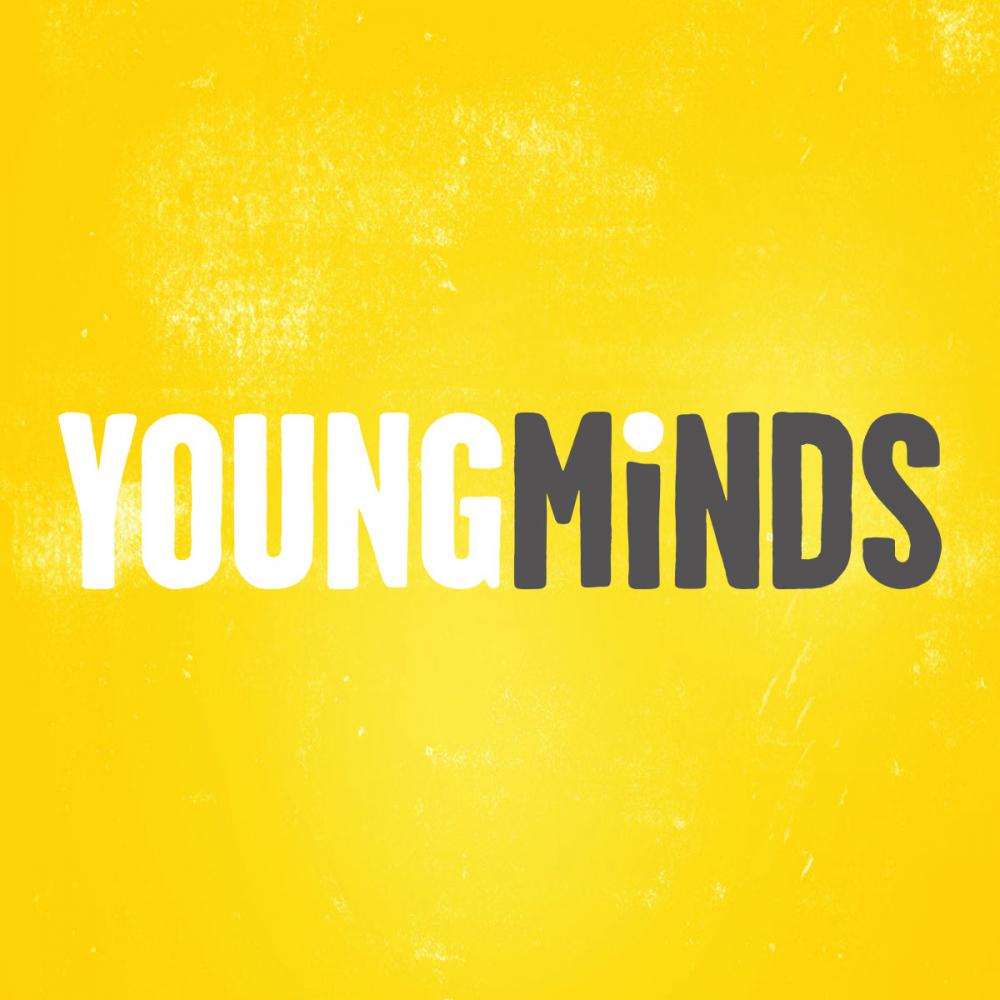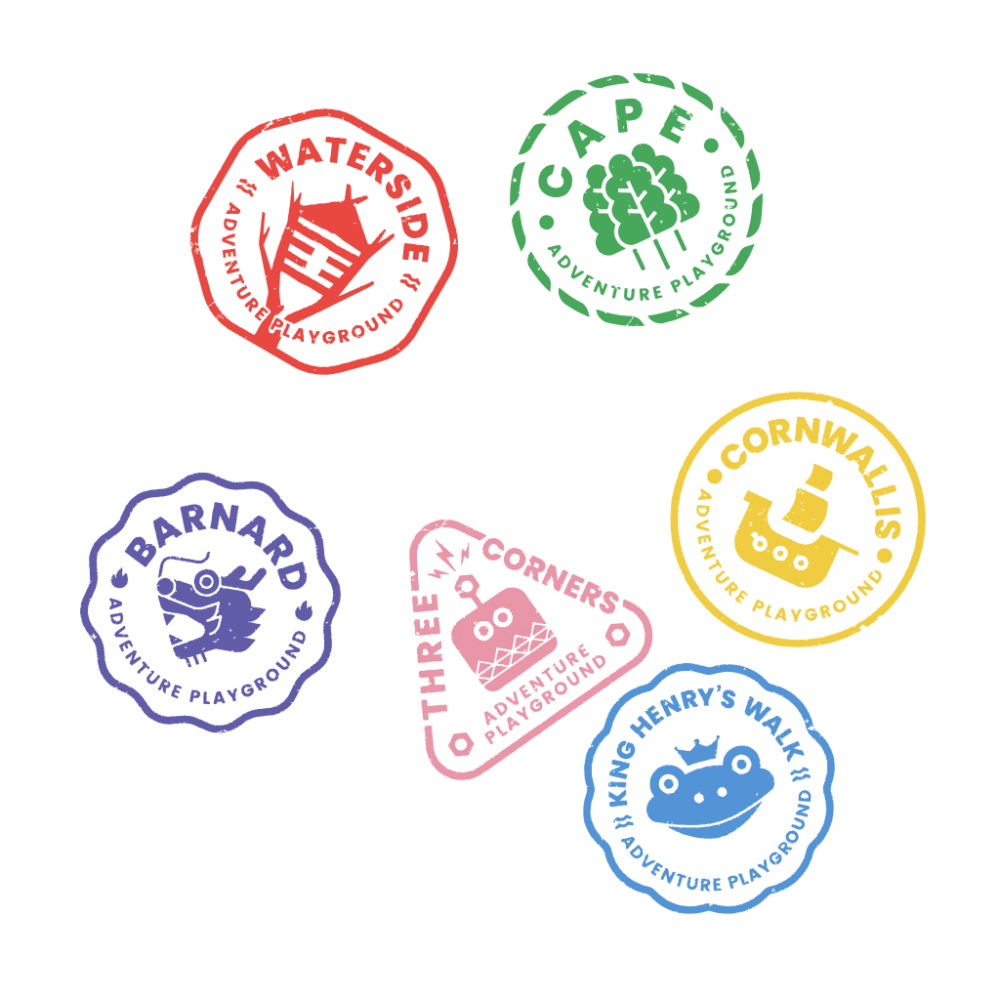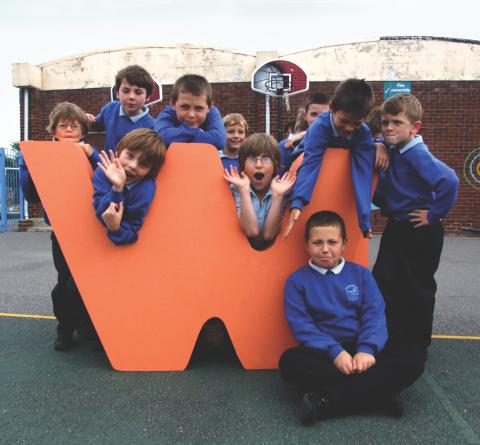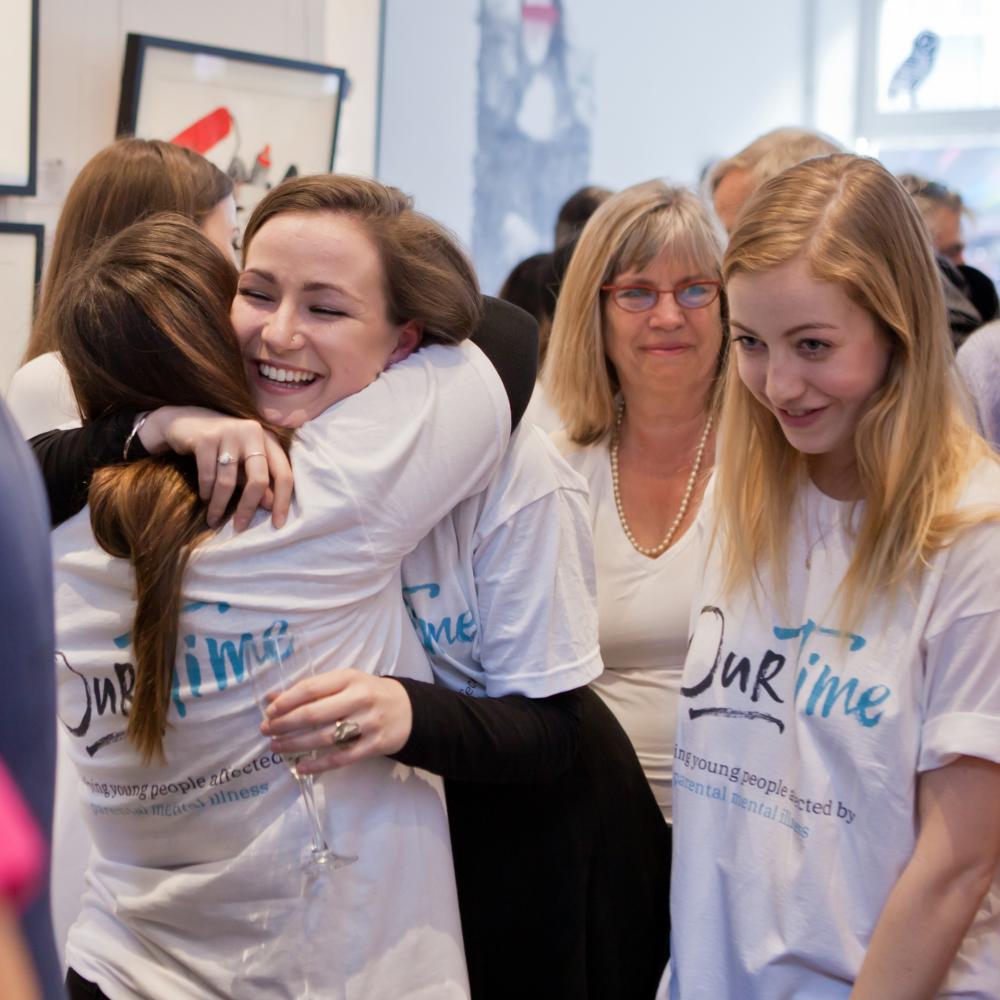1st July 2020 by Chloe Roach
‘Positioning? Why don’t you position this?’
When people ask what I do for a living they’re not always pleased with my answer. For some reason, working in branding still seems to be perceived by some people as a frivolity, or worse, a bit of a scam.
Translating conversations about brand and working out what the mission, values, vision, purpose, positioning (and the rest!) should be about can sometimes feel like a strange game, designed to cause great pain. But these things can actually be really helpful - when done well. If you get them right, you’re halfway there with your identity and you’ll have a better understanding of your organisation because of it.
I’ve noticed that when it comes to vision and mission statements words seem to back people into a corner. Words like ‘engage’ and ‘empower’ start to surface, and the rest of the dictionary becomes temporarily unavailable. The thing is, these generic words don’t really mean that much to people, they are victims of their overuse and could be read in a thousand different ways. So it’s time to get specific - how do you empower people? What is it that you do that makes people feel ‘empowered’ and how is it empowering?
The other common problem, particularly in the charity sector, is downplaying. How often I have read ‘we aim to’ or ‘we want to’. It does these organisations a disservice as, more often than not, they’re actually doing these things, and you tend to find this language has permeated into key communications and marketing collateral. It may not seem particularly earth-shattering revelation, but changing these words can actually make a big difference to internal and external perceptions, and recognising the value of the organisation’s work too.
I’m not surprised that terms like ‘positioning’, ‘brand positioning’, ‘brand strategy’, ‘positioning strategy’ and ‘value proposition’ strike fear into the hearts of many. It sounds like corporate jargon designed to confuse and frustrate, and for that reason, I have empathy for people with their fingers in their ears singing ‘lalala’ when they’re mentioned. So, in a bid to make these things simple, I’m going to summarise what they mean, using real words that real people say. And I promise to keep it short too.
Positioning is where you want your organisation to be in the sector and how you want to be thought about - how do you want people to think and feel about you? It’s an internal statement designed to keep your external marketing on track and it’s a useful tool.
Brand positioning, in my view, is just a slightly more nuanced version of the above. After all, your brand is your identity, so can an organisation be separated from its identity? Let’s not get philosophical. In a nutshell, it’s what you want people to think and feel about your brand.
Brand strategy is your plan for developing your brand identity, with specific goals.
Positioning strategy is your plan for working out what your positioning needs to be.
Value proposition. This is an important one. You can have a value proposition for your whole organisation or just one particular service or element. It is basically why your audience should buy your service, donate to you, or interact with you. In other words, what are the benefits of what you’re doing in the eyes of the outside world and how does it differ to others in the sector? The value proposition should communicate the value of what you’re doing to the outside world.
This is a pretty basic summary, and you can dig deeper and deeper into the process and gory detail, but for the sake of your sanity (and interest) I’m not going to do that to you now.
When you do arrive at the point where you’re ready to tackle your visual brand, this work can really help to underpin it. Being clear about what you stand for and working out what your brand needs to tell people can only aid the design process. A strong visual brand looks deceptively simple but it conveys a lot, so making sure it’s consistent with your key messages and pinpointing what it needs to do is a good place to start.










